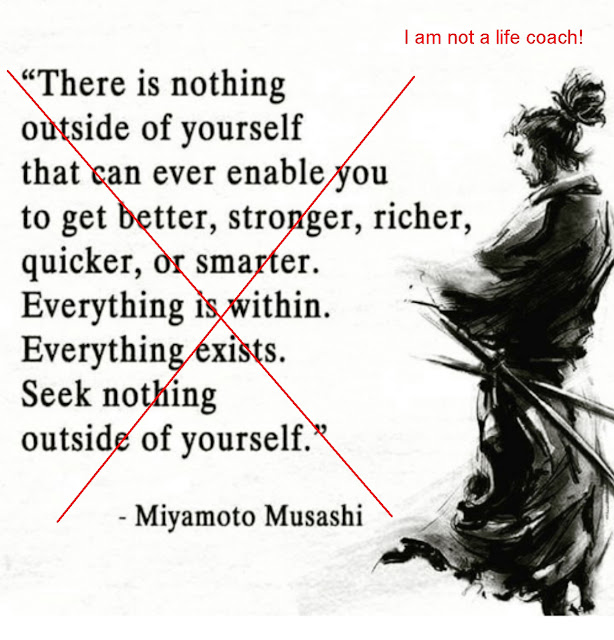Does the Budōshoshinshu Use the Term Jūdō?
Does the Budōshoshinshu use the term jūdō? Martial History Team member Matthew Krueger investigates.
Introduction
Richard Bejtlich recently posted a survey of samurai philosophy texts.
In it he quoted from a section of the Budōshoshinshu as follows:
“Beyond these, there are the many arts of archery, iaido [drawing the sword and cutting in one movement] and judo; and it is important that young warriors exert themselves day and night to learn these arts well."
He then asked the question:
“Note that I am not convinced the original text uses the term jūdō. It would be worth revisiting the original text to see the Japanese.”
This is an important observation. I also highly doubt it.
The Modern Japanese
This is one of the few texts I do not have in the original archaic Japanese, but I do have a modern Japanese translation.
A modern Japanese rendition of that sentence is as follows:
其の他、弓、鉄砲、居合、柔等という萬の武藝と共に、若い武士は朝暮の務めとして習い覚える様なのは尤もである。
Of this, the relevant section citing "arts to be trained" would be broken down as follows:
弓 (yumi) bow/archery
鉄砲 (teppo) firearms
居合 (iai) sword drawing
柔等 (yawara-tou) grappling
This particular combination of kanji 柔等 is one that I'm not familiar with. I know each character individually, and if I was reading either archaic or modern Japanese I would know it is referring to the grappling arts. However, I've checked two dictionaries and not found what the two together mean.
Why Judo?
William Scott Wilson is an excellent translator -- far better than I am. Take what I say next with that in mind.
I think for his purposes "judo" was a sufficient translation. Daidoji Yūzan, author of the Budōshoshinshu, obviously didn't have any conception of judo in the same way we do today. Kano Jigoro did not invent the art until 1882. However, "yawara" is just an older reading for the same character that would be the "jyuu" in jūjutsu or jūdō. For accuracy's sake I might have just translated it as "grappling."
In a similar fashion, the translation of the term "iai" turned into "iaido." Whereas I might have chosen to just translate it as "sword" or "sword drawing arts."
There is a difference between translation and interpretation. In one we simply try to render the closest word-for-word rendition of a source text into another language. This can result in problems.
Consider for a moment the English phrase: “It is raining cats and dogs.” If we directly translated that into just about any other language it would not make sense. This is where interpretation comes in. A good translator will take a phrase like that and turn it into an equivalent phrase in the destination language. A straight translation fails unless one has intimate knowledge of the source text language. Thus it becomes necessary when making a good translation to also do a bit of interpretation to help the reader understand the original text. That might mean compromising the “accuracy” of the translation.
What About Firearms?
Neither of these factors explains why Mr. Wilson completely dropped "firearms" from the list.
I've noticed that some in the Japanese martial arts community like to gloss over the fact that the samurai were quite happy to use firearms regularly on the battlefield, long before the modern era.
In fact, much of the Tokugawa era could be marked by the severe oppression of starving peasants who would rise up every few decades defeating the samurai easily in battle. This is the point at which the warrior class would go unlock the firearms cabinet and use them to annihilate the peasants.
Ellis Amdur has written some on this topic, in his essay Ellis Amdur: The Rise of Traditional Japanese Martial Arts:
"The Shimabara Rebellion in 1637-38 was actually the last battle the classical Japanese warrior fought, where the samurai did a terrible job. After that, you had hundreds of years of a totalitarian peace. Contrary to belief, firearms were not banned, but they were sequestered. Each castle had their own firearms. There were over 2,000 farmer revolts in this period. Usually, the farmers, with their rakes and their hoes and all of that, were beating the samurai, and then the samurai would retreat to the castle, get their firearms, and shoot and kill the farmers, and then they put away the firearms again."
Wilson's lack of inclusion of "firearms" paints an inaccurate historical picture of the samurai/bushi training that was the norm during Daidoji Yūzan's era.
However, to be fair, it may just be an oversight. In an earlier chapter there is another list of skills that a 12 or 13 year old should be expected to be skilled in. Here firearms are also mentioned and Wilson does include it in the list translating the word as "riflery."
Conclusion
This discussion may have offered a bit more than simply answering if jūdō appeared in the original text of the Budōshoshinshu . Until I get access to the archaic Japanese, I'd say I'm 99% certain jūdō was not referenced in the original text.
If you like this article, check out our Facebook page, Instagram account, Twitter feed, and Amazon Wish List. Be devoted!
Update 2 Feb 2021: Edited to add three sentences beginning "However, to be fair, it may just be an oversight..."




Comments
Post a Comment